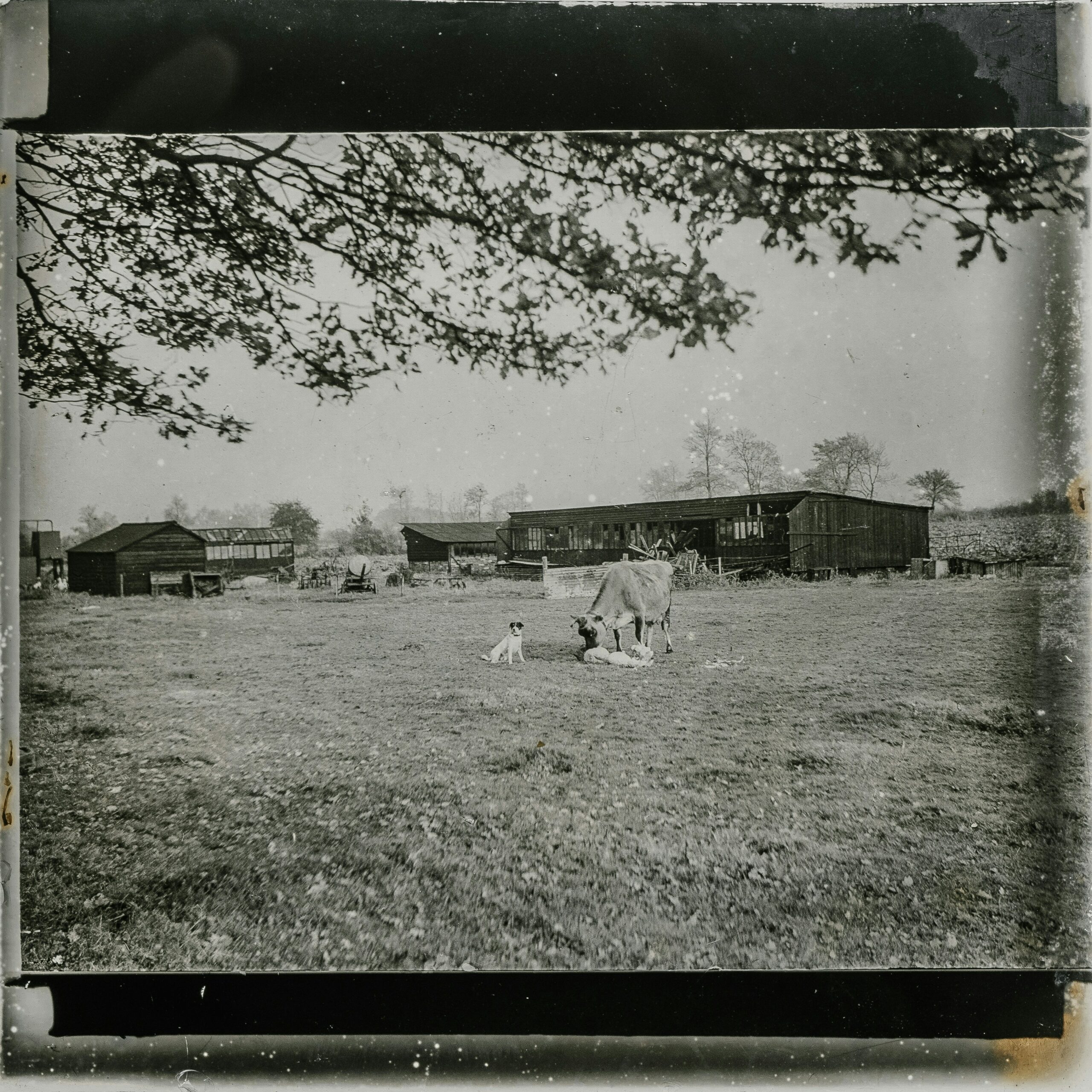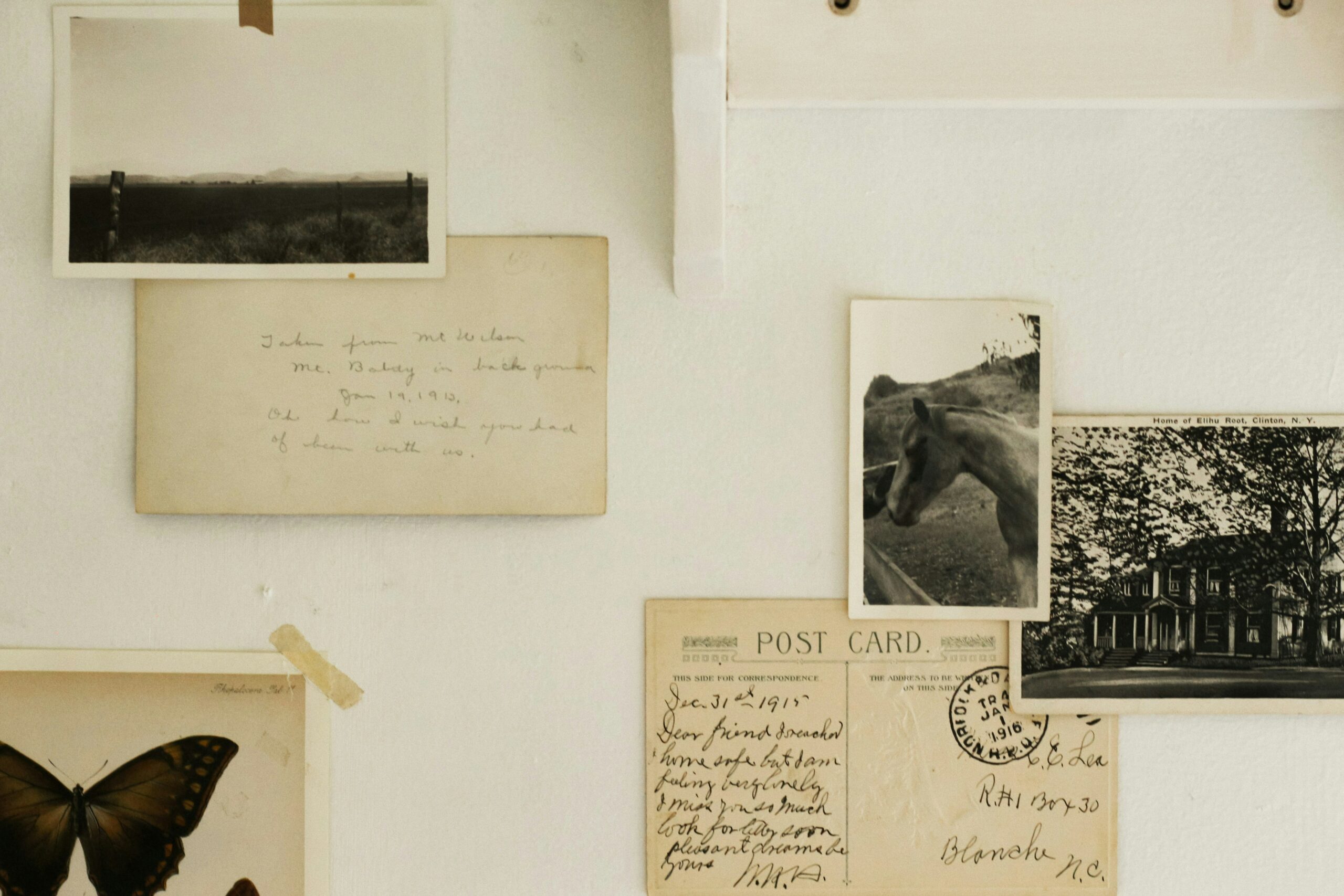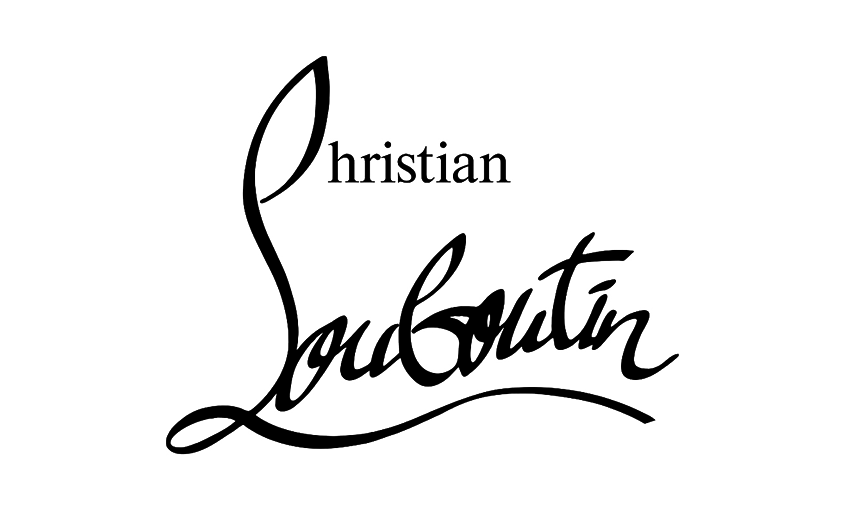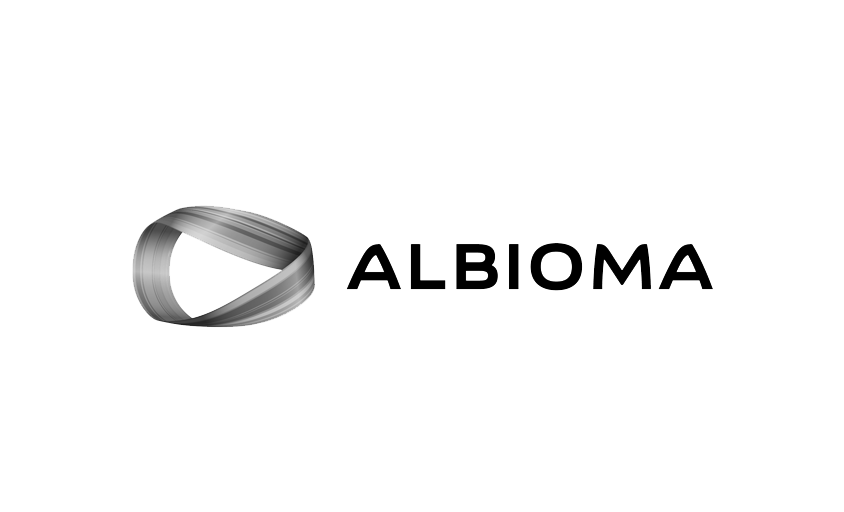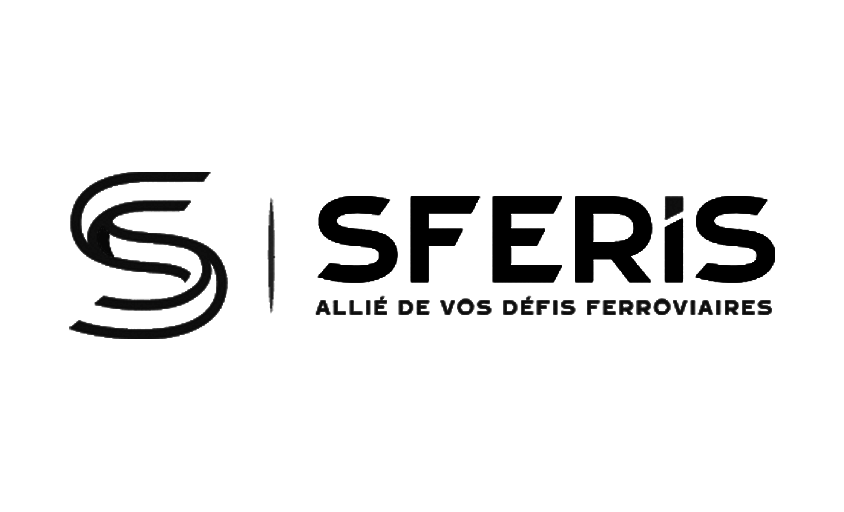Bringing Memories Back to Life: The Restoration of Old Photographs
In this article :
Old photographs are precious witnesses of the past, preserving historical or family moments we wish to keep safe. However, over time, these images can deteriorate, lose their brilliance, or even become unreadable. Fortunately, modern technology, particularly artificial intelligence (AI) and machine learning, now offers innovative solutions to restore these visual treasures. In this article, we will explore how these technologies are revolutionizing the restoration of old photos, while also covering the essential steps of the restoration process.
Why restore old photos?
Preserving family and historical memory
Old photographs, such as those taken with large-format cameras, are often the only tangible relics of past generations. They allow us to safeguard family stories, significant events, or unique personal moments. Restoring these damaged images not only preserves heritage but also ensures this history is passed down to future generations.
Reviving an emotional connection
Restoring old photographs can awaken buried emotions and memories. Once restored, these images provide us with a clearer, more vibrant view of the past. Every detail, every smile, every scene becomes accessible again—just as moving as when it was originally captured.
Modernizing the visual legacy for new generations
For younger generations, who are often less connected to traditional physical formats, old photographs may feel less accessible. Digitization and restoration provide a new way to share these memories in a more modern format, giving them renewed appeal and immediate accessibility.
The Role of Artificial Intelligence in Photo Restoration
Artificial intelligence (AI) and machine learning technologies have radically transformed the way we restore old photographs, making the process faster, more accessible, and often more accurate. Here are some of AI’s major contributions in this field:
1. Automated analysis and reconstruction
AI algorithms can analyze old images and automatically identify damaged areas. These systems detect tears, creases, stains, and defects, then suggest appropriate corrections. They can even reconstruct missing parts of the image based on existing patterns, making manual retouching far more efficient and precise.
2. AI-assisted colorization
One of the most impressive capabilities of AI is its ability to colorize black-and-white photos. Using millions of training images, deep learning models can suggest plausible color schemes by considering:
- The historical context of the image
- Existing textures and patterns
- Shades of gray to infer likely colors
This approach brings old images back to life with realistic colors while respecting their historical authenticity.
3. Resolution enhancement
Super-resolution is another key advancement brought by AI. This technology improves the quality of low-resolution images by analyzing existing pixel patterns and predicting additional details to sharpen the picture. It is especially useful for old photographs scanned at low quality, giving them a new life in high definition.
4. Automatic exposure correction
Old photos often suffer from exposure issues, with unbalanced brightness levels. AI algorithms can automatically adjust these parameters, correcting contrast and enhancing detail visibility without compromising the essence of the original image.
5. Noise reduction
When old photos are digitized, the process can introduce digital noise, which reduces overall clarity. AI-based noise reduction algorithms can eliminate these imperfections, resulting in sharper and more visually pleasing images.
Steps for Restoring an Old Photograph
1. Scanning the photo
The first step in restoring an old photo is scanning. Using a high-quality scanner allows capturing every detail of the image, even those almost invisible to the naked eye. Accurate scanning is essential to ensure that the restoration is based on a solid foundation.
2. Correcting physical imperfections
Once the photo is scanned, the process of correcting physical imperfections begins. This step removes defects such as stains, creases, or tears. AI can speed up this stage by automatically identifying damaged areas and suggesting ways to fill in the missing parts.
3. Rebalancing exposure and contrast
Adjusting brightness and contrast helps restore depth and clarity to a degraded photograph. Software tools like Photoshop, equipped with AI-powered automation, can fine-tune these levels to bring out even the most subtle details.
4. Colorizing black-and-white photos
To give old images strong visual impact, colorization is a popular option. Using machine learning algorithms, plausible colors can be added to black-and-white photos while respecting the textures and historical nuances of the period.
5. Enhancing resolution
The super-resolution step transforms a low-quality image into a high-definition visual. By analyzing existing pixels, AI generates new details, providing unmatched clarity for old photographs.
Tools and Platforms for Restoring Your Photos
Several tools and platforms leverage these technologies to make restoring old photos more accessible:
- Adobe Photoshop: A benchmark in photo editing, featuring powerful AI tools for restoration.
- DeOldify: An open-source project using deep learning for image colorization.
- MyHeritage: Offers automated restoration and colorization services for family photos.
- Remini: A mobile app that uses AI to enhance the quality of old photos.
These tools allow professionals to speed up their workflow and give enthusiasts access to editing techniques that were once reserved for experts.
Ethical Considerations and Limits of AI
Although AI makes the restoration process easier, it raises ethical questions in the realms of culture and history. Automatic colorization, for instance, can sometimes introduce historical inaccuracies. Moreover, some argue that excessive retouching could alter the original artistic intent of a photo. Finding a balance between technological advancements and respect for visual history is therefore essential.
Conclusion
Restoring old photographs is now accessible to everyone, thanks to advances in artificial intelligence. Whether it’s repairing damaged photos, colorizing black-and-white images, or enhancing resolution, these technologies are transforming our relationship with visual memories. While preserving the past, they also provide a powerful tool to modernize images and make them more appealing for current generations.
With the constant evolution of these technologies, photo restoration has never been more accessible. However, it is important to maintain the authenticity of the original image, ensuring its artistic and historical integrity throughout the process.
Jérémy Carlo is the editorial director at Rétines, where he ensures the consistency and clarity of all content produced by the studio.
Our Clients
Let’s discuss
What we do for you at Rétines
Meticulous work, an organised project and fast delivery. And to achieve this, we mobilise the right resources in our teams at the right time.
01
Pre-production
Artistic and technical direction tailored to the project.
Relevant recommendations on content, form and resources.
02
Photo Shooting
Photos taken by our experienced photographers.
Production that’s controlled, efficient and tailored to the needs of the project, with nothing superfluous.
03
Retouching
Technique
Photographs magnified by our retouching team.
Post-production to meet the commercial challenges of the brief.

